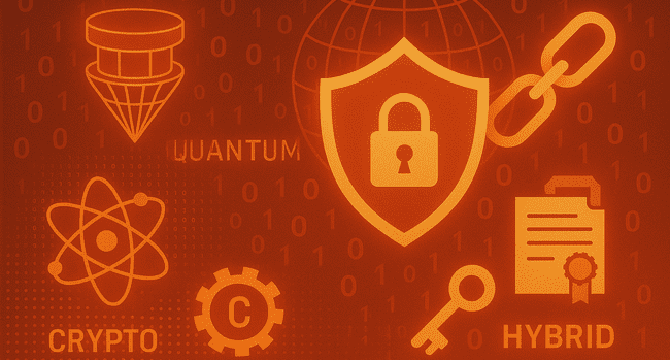TechBullion
1M
182

Image Credit: TechBullion
Post-Quantum Cryptography Is Now: Rakesh Keshava on Building Quantum-Resilient Infrastructure Through Hybrid Cryptography
- In the evolving landscape of cyber threats, organizations must shift towards post-quantum cryptography to safeguard sensitive data and systems from quantum computing advancements.
- Rakesh Keshava, a seasoned Security Architect, advocates for the adoption of quantum-resistant algorithms to address modern cyber vulnerabilities effectively.
- He stresses the urgency for government agencies, financial institutions, and healthcare providers to embrace post-quantum cryptography due to the longevity of their sensitive data.
- Hybrid cryptography, combining classical and quantum-safe algorithms, offers a practical approach for organizations to transit smoothly to post-quantum readiness.
- The transition involves maintaining trust by using dual-signature certificates, ensuring compatibility with current and future cryptographic systems.
- Adopting a hybrid cryptographic approach requires technical considerations like handling larger certificates and organizational challenges such as comprehensive cryptographic discovery.
- Monitoring NIST's standards for post-quantum cryptographic algorithms and prioritizing cryptographic agility are vital for organizations to stay ahead in the fast-evolving cybersecurity landscape.
- Architecting Public Key Infrastructure using hybrid certificates enhances disaster recovery capabilities and future-proofs data security against quantum threats.
- By integrating post-quantum security measures discreetly, organizations can fortify data integrity without disrupting existing infrastructure.
- Rakesh Keshava asserts that proactive adoption of post-quantum cryptography today lays the groundwork for future resilience, data protection, and regulatory compliance.
- Organizations that prepare now for the post-quantum era will gain a competitive edge in security and compliance, emphasizing the importance of proactive measures.
Read Full Article
10 Likes
For uninterrupted reading, download the app